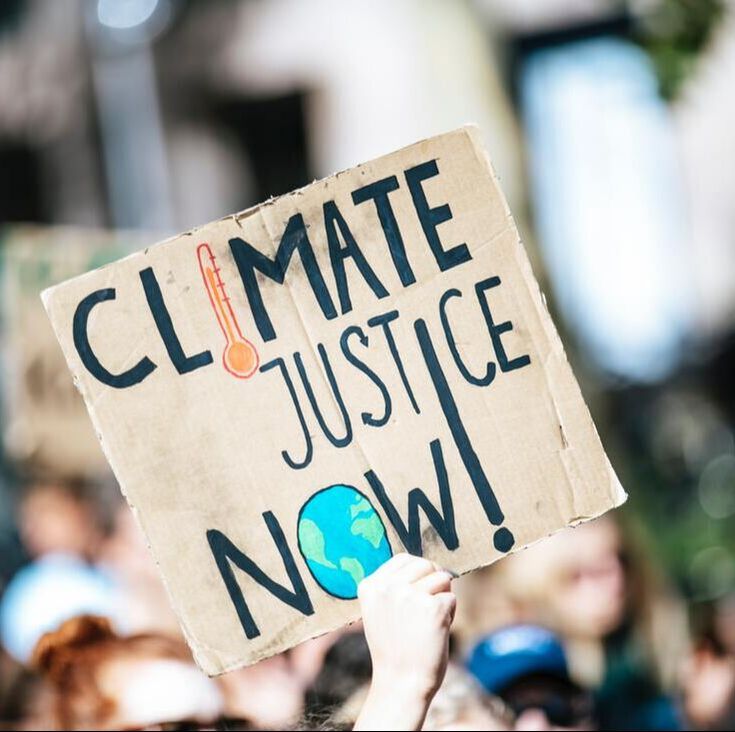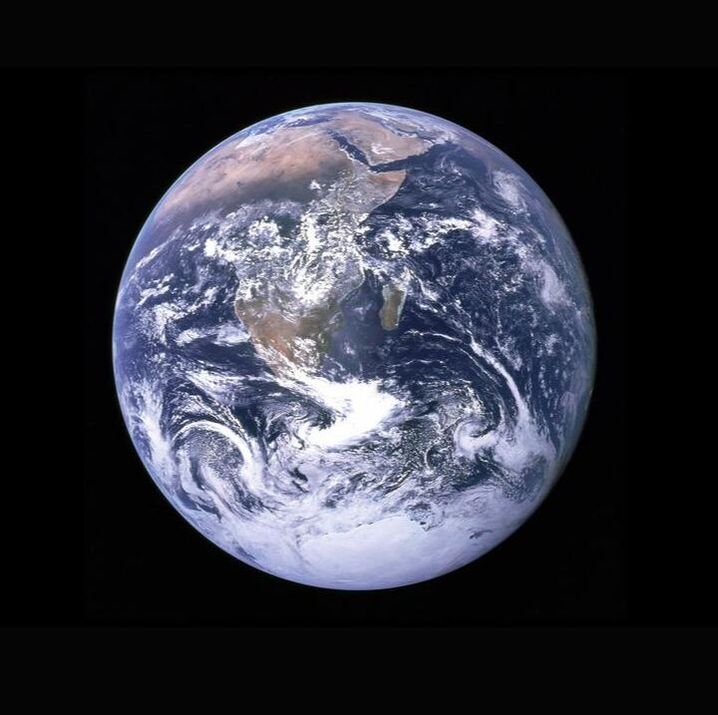What is it?
|
NASA state that climate change is 'long-term change in the average weather patterns that have come to define Earth's local, regional and global climates.' Natural variability (e.g. volcanos, ice ages) can cause these changes but human activity (e.g. greenhouse gas emissions, deforestation) has been proven to be the main cause.
Since the industrial revolution, humans have release. CO2 and other greenhouse gases into the atmosphere that trap heat reflected by the Earths surface from the Sun leading to:
|
Why is it an issue?
|
Temperature
By 2040, temperature is predicted to increase across the region by 0.5 to 1.5˚C and 1.5 to 3.5˚C by 2090. By 2090, Central Otago could experience 30-40 extra days per year over over 25˚C and 20 to 40 fewer frosts per year. Rainfall Winter and spring are predicted be wetter than currently in 2021, with a 4 to 10 % increase in Dunedin and 4 to 27% in Queenstown by 2090. Extreme rainy days are predicted to become more frequent if emissions go unchanged. Snowfall The Otago region is likely to experience significant decreases in seasonal snow. By 2090,there could be 30-40 days less of snowfall in some parts of the region. The duration of snow cover is also likely to decrease, particularly at lower elevations. Wind Cromwell, Clyde and Queenstown are predicted to experience 6-12% increase in extreme wind by 2090. Flooding With less winter snowfall, earlier spring melt and increased rainfall, it may cause changes in the annual cycle of river flow in the region. This could lead to increased risk of larger winter floods (20%) as water is not stored as snow for as longer period.
|
Tackling the problem
|
creatinEvery person, company, government and world organisation are responsible for tackling climate change.
From reducing the use of fossil fuels by using public transport and reducing use of plastics, individuals can actively alter their behaviour to reduce their impact on the environment. Companies are responsible to reducing their impact on the environment through pollution and waste. Councils, governments and global organisations (e.g. IPCC United Nations) create legislation to reduce activities that cause climate change such as fossil fuel use, plastic use/waste, pollution and habitat loss. |
Ways to solve/manage the issue
|
People can reduce their impact by altering everyday activities and making conscience efforts when making large decisions such as what car to buy, how to heat your home and where to go on holiday. to learn more about how you can take responsibility for humans impact, click the link:
|




